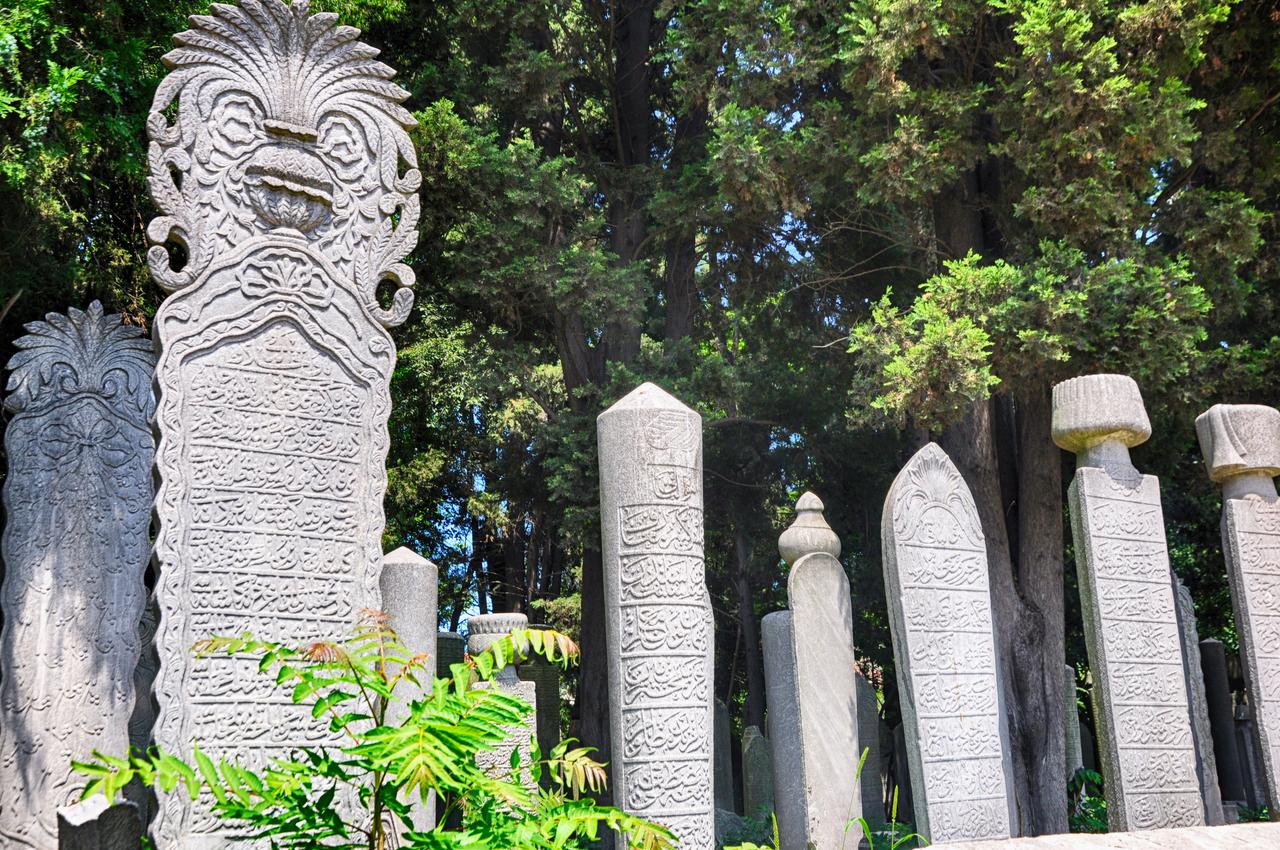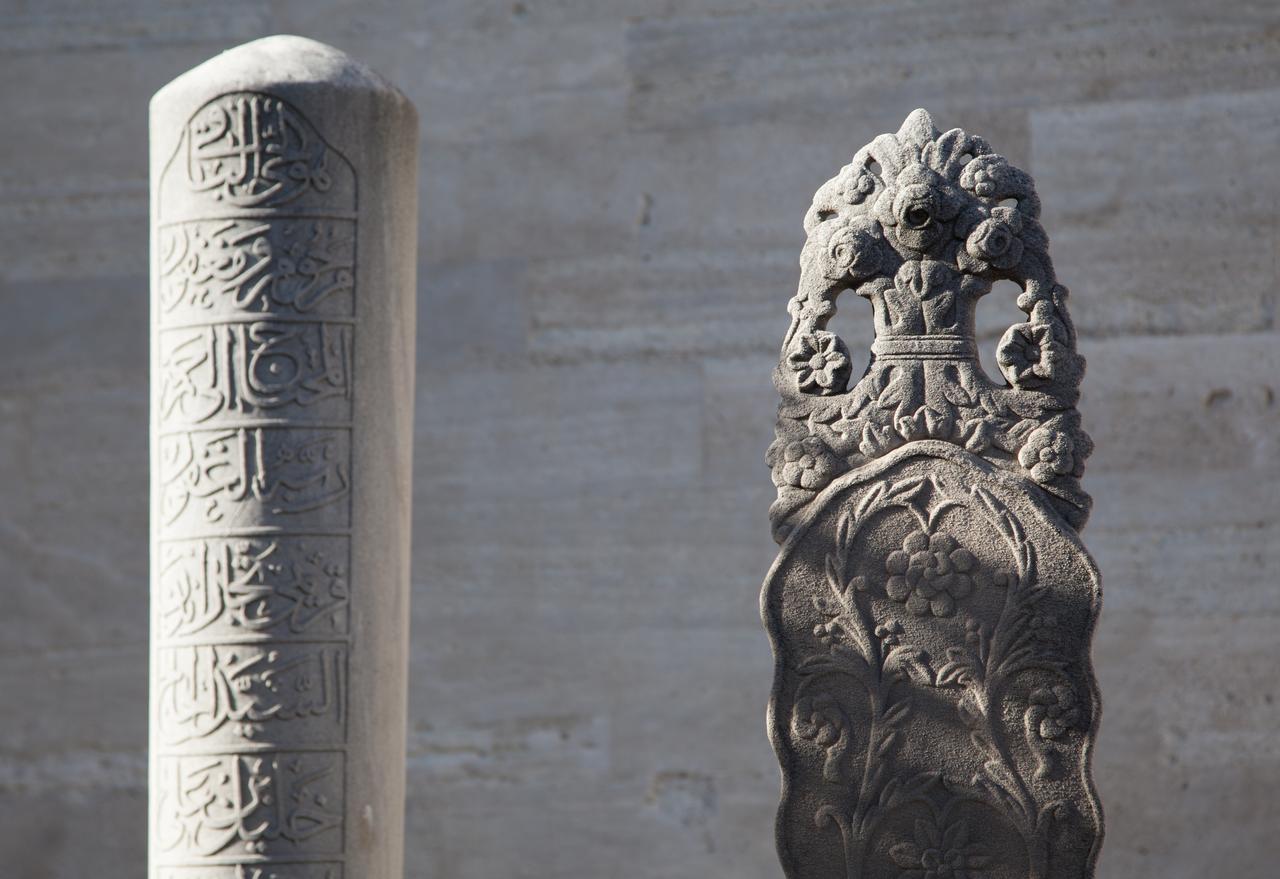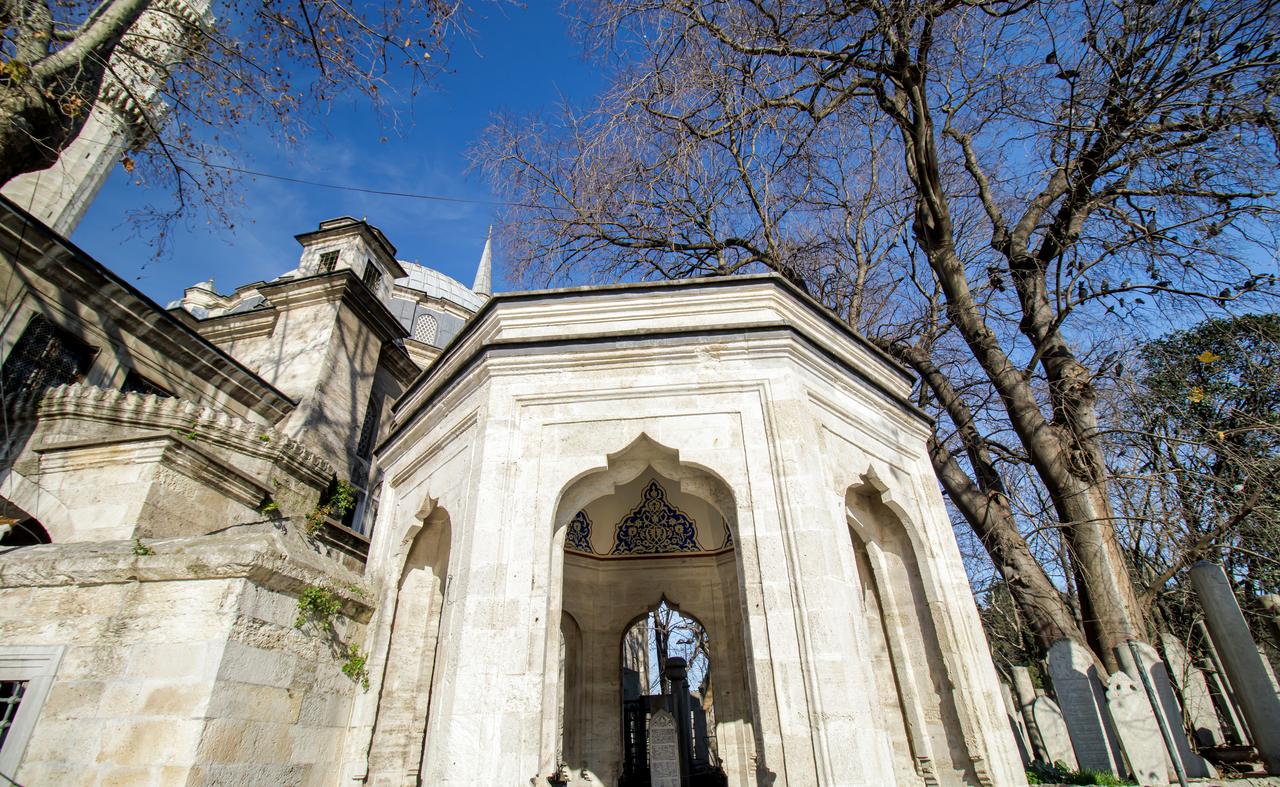
In Türkiye, a cemetery is never merely a place of mourning; it is a silent museum of culture, faith and identity. Spread around hillsides, nestled beside mosques or tucked into the heart of old neighborhoods, Turkish cemeteries are rich with symbolic language and historical depth. From the elegant calligraphy of the Ottoman era to intricately carved turbans, broken blossoms and poetic inscriptions, each gravestone serves as a cultural artifact.
Quietly telling stories of lives once lived, roles once held and values deeply rooted in tradition. These stone markers reflect more than individual memory; they mirror the beliefs, social hierarchies, professions and emotional worlds of an entire civilization. To walk among them is to read a visual and spiritual history of Türkiye, sculpted into marble and preserved in silence.
On Ottoman-era gravestones, identity was carved not only in words but in powerful visual symbols that told visitors who the deceased was in life. Among men, the shape of the headgear sculpted atop the tombstone served as a clear marker of social status and profession:
-The sarikli (turban) indicated a religious scholar or a man of high social rank.
-The fesli (fez), which gained popularity in the late Ottoman period, often represented civil servants, intellectuals, or bureaucrats.
-The sikke (dervish cap) adorned the graves of Sufi mystics, particularly members of the Mevlevi order.
-The kavuk, a specific military or bureaucratic headpiece, signified a person’s rank within the state apparatus.
In addition to headdresses, many gravestones included carved tools and symbols representing the deceased’s trade or profession, essentially a stone-carved resume. A pair of scissors would mark a tailor’s grave; an inkpot and pen, a scribe’s resting place; a sword for soldiers; balance scales for judges or merchants; and a hammer and anvil for blacksmiths.
In Turkish cemeteries, flowers carved in stone speak where words fall silent. From tulips to broken stems, these delicate motifs carry deep symbolic meaning, marking not only beauty and grace but also untimely loss and the quiet strength of women.
-Broken stems or budding flowers often symbolize a life cut short, especially on children's or young women's graves.
-Tulips and roses represent both divine beauty and mortality in Ottoman symbolism.
-Cypress trees, commonly planted or engraved, symbolize eternal life and mourning in Islamic tradition.

Women’s gravestones usually lack headgear but are often decorated with delicate floral carvings, indicating grace, beauty and sometimes the number of children they had.
-Often located near mosques, madrasahs and sacred sites symbolizing closeness to divine blessings.
-They serve as pilgrimage sites, where people pray, make wishes or seek spiritual comfort.
-Visitors may tie cloth to trees, leave offerings, or recite verses—a blend of Islamic faith and folk belief.
-Architecturally rich, turbes (mausoleum) often feature tiles, calligraphy, and symbolic decorations.
-Famous examples include Eyup Sultan (Istanbul), Mevlana (Konya) and Hacı Bektas Veli (Nevsehir).

-Unlike gravestones, turbes reflect collective memory honoring lives that shaped communities or national identity.
These stones do more than mark where lives ended; they show how lives were lived. In every carved flower, every faded inscription and every sacred turbe, lastly Türkiye’s cemeteries keep its cultural soul alive, quietly telling the stories that history books leave behind.